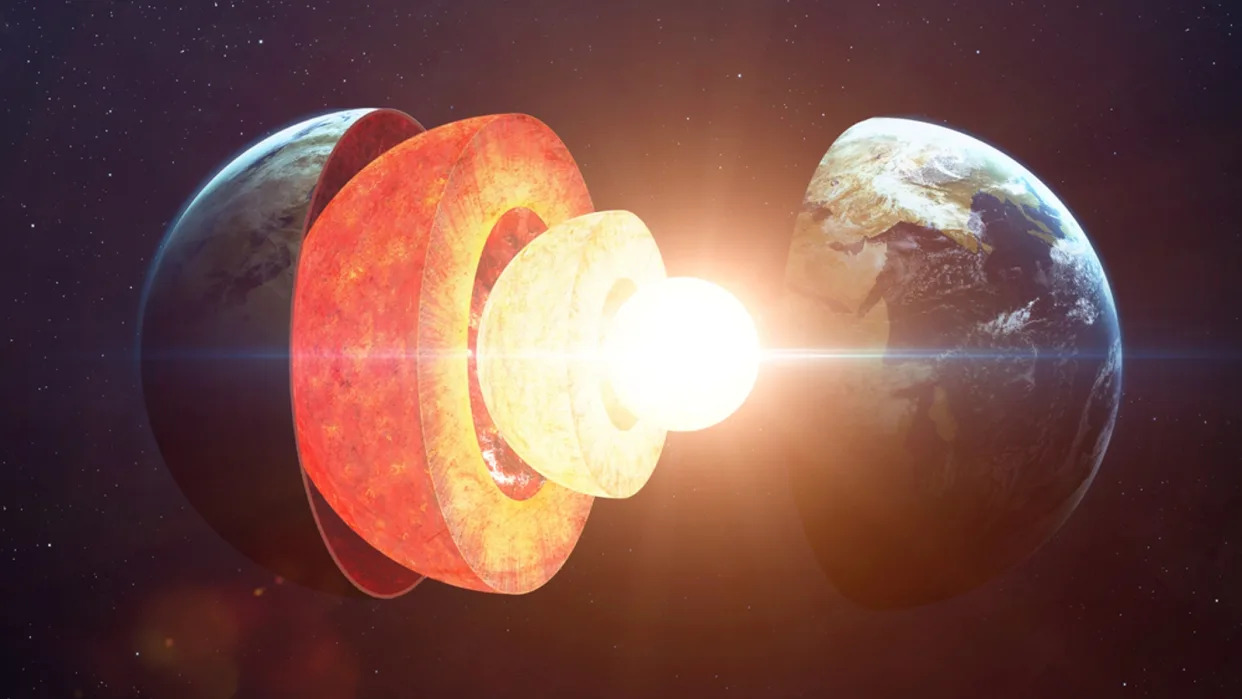The New York Times – Opinion
What Donald Trump Talks About When He Talks About ‘Donald Trump’
John McWhorter – June 20, 2024

The first debate of the 2024 presidential campaign, scheduled to take place next week, offers voters a chance to scrutinize the candidates’ political views and personal demeanor. For linguists, however, it also offers a rare side-by-side comparison of the way the candidates speak. You don’t have to follow politics to know that Joe Biden and Donald Trump have extraordinarily different verbal styles. Of the two, Biden’s is the less interesting, linguistically speaking, because it’s the more conventional. Trump’s, on the other hand — no matter what you think of his ideas — is fascinating. It’s sui generis.
Still, it’s possible to draw connections between Trump’s verbal mannerisms and other speech patterns in the world at large. The one that’s been on my mind this week is his habit of referring to himself by name, such as, “You wouldn’t even be hearing about the word ‘immigration’ if it wasn’t for Donald Trump.” In reference to making Barack Obama present his birth certificate: “Trump was able to get them to give something.” Also, “Nobody respects women more than Donald Trump” and “Eighteen angry Democrats that hate President Trump, they hate him with a passion.”
This may seem to suggest, variously, a Tarzanian linguistic tendency, a desire to market himself as a brand or just a plain old inflated ego. But the truth is more interesting because there is more to first-person pronouns — i.e., the “I” and “me” that we normally use instead of our own names — than simply ways of referring to the self. And there are many reasons that a person might seek to avoid these words, even in informal speech. There’s even a name for that tendency: illeism.
Sidestepping these pronouns can be a way to deflect attention from one’s self, to avoid seeming self-absorbed. In Mandarin, one might use the term “little person” rather than “I,” as if humbling oneself both linguistically and physically. The Anglophone version of this is the colloquial way we can refer to ourselves in the third person: “Who just got a raise? This guy!,” while pointing to oneself, is perhaps a little less blunt than simply saying, “I just got a raise!” “This girl needs to get home” can feel like a more gracious way of taking one’s leave than “I need to get home.” Creating an exterior third-person perspective frames the departure as a scene someone else is acting out.
Swapping in one’s own name can be trickier. People mocked LeBron James for using the third person to explain why he joined the Miami Heat: “One thing I didn’t want to do was make an emotional decision,” he said. “I wanted to do what was best for LeBron James and what LeBron James was going to do to make him happy.” This sounded obnoxiously regal to many, but it’s just as possible to see it as the opposite. Referring to himself from afar encouraged us to imagine a scene that he was in, to foster some kind of understanding of his decision.
Psychologists even encourage us to try thinking of ourselves as “you” or “he/she/they” in order to imagine how others see us. It’s another way of reminding yourself, “It’s not all about me.”
None of which explains Trump. When it comes to the former president, it is always, of course, all about him. To understand Trump’s aversion to first-person singular pronouns, we need to look to their other — and in some ways opposite — resonance.
In his research on pronouns, the psychologist James Pennebaker has demonstrated that Anglophones say (and write) “I” or “me” with starkly different frequencies depending on the speakers’ intentions and mental states, so much so that one can use the pronouns’ frequency to deduce a person’s truthfulness, contentment and certainty. Specifically, using “I” and “me” entails a certain self-exposure, and thus vulnerability. People who are depressed use those pronouns more than those who are happy. People who are proclaiming their innocence use them a lot, too, as do people who are engaging in deception. At George W. Bush’s press conferences, for example, he used “I” more when publicly claiming that the U.S. government was avoiding war while the administration was actually making plans to initiate what became the Iraq war. On the other hand, while Obama has been accused of fondness for “I,” in actuality he used it less than most presidents in modern history — a reflection, perhaps, of his cooler emotional temperature.
Compared with the vulnerability of “I” and “me,” Trump’s self-reference sounds like a kind of verbal armor. “Eighteen angry Democrats that hate President Trump, they hate him with a passion” has a mic-drop feel, in contrast to “Eighteen angry Democrats that hate me, they hate me with a passion,” which sounds wounded. “You wouldn’t even be hearing about the word ‘immigration’ if it wasn’t for me” sounds like someone struggling to get the recognition that is deserved, compared with the more defiant “You wouldn’t even be hearing about the word ‘immigration’ if it wasn’t for Donald Trump.”
Thus Trump’s tic is, of all things, a rhetorical technique, of a piece with his incontinent use of adjectives of praise — as in the “beautiful” wall he was going to build (how pretty was it really going to be?) and the “perfect” phone call he had with the president of Ukraine — as well as his habit of idly intensifying adjectives with a “very” or two, and his trademark manual gesture of pushing his hands apart as if sidelining objections.
If you watch the debates, it might be useful to perform a bit of on-the-fly translation. Every time he refers to himself as “Donald Trump,” recast it for yourself as “I” or “me.” Notice the difference? Translating his words into their essence, stripping Trumpese of its charismatic distractions, is a useful window into what — or in this case, who — he actually is.
John McWhorter is an associate professor of linguistics at Columbia University. He is the author of “Nine Nasty Words: English in the Gutter: Then, Now and Forever” and, most recently, “Woke Racism: How a New Religion Has Betrayed Black America.”









